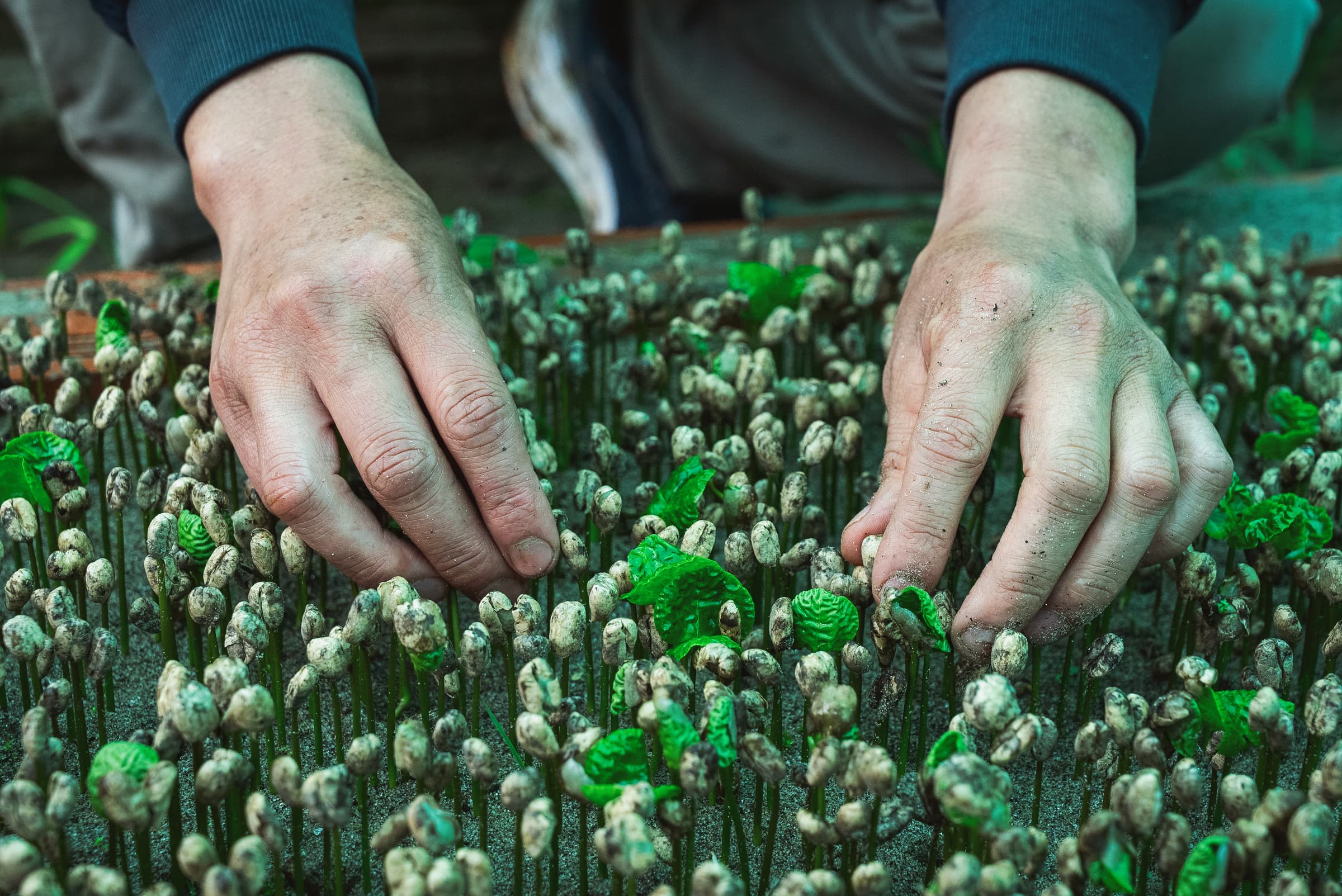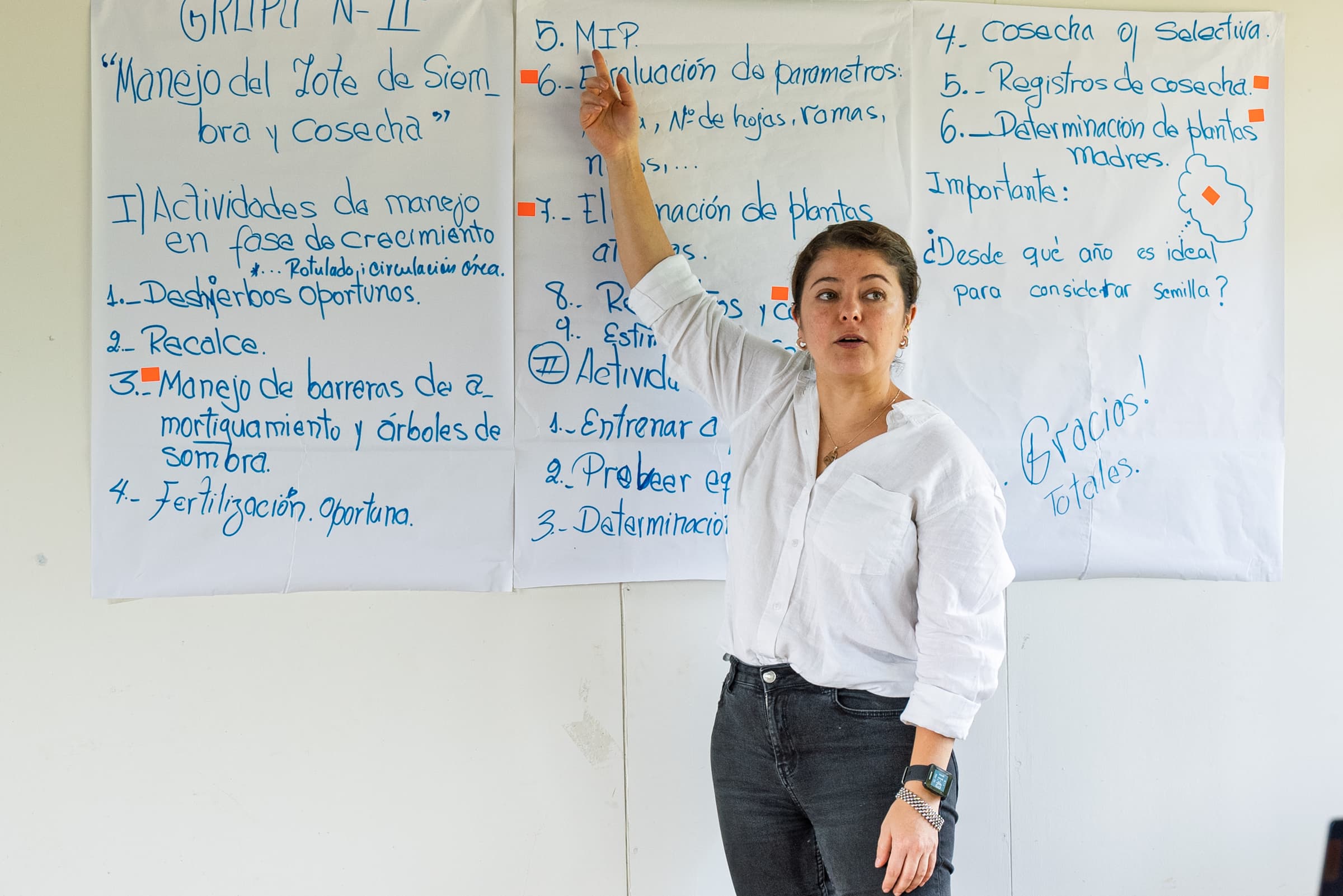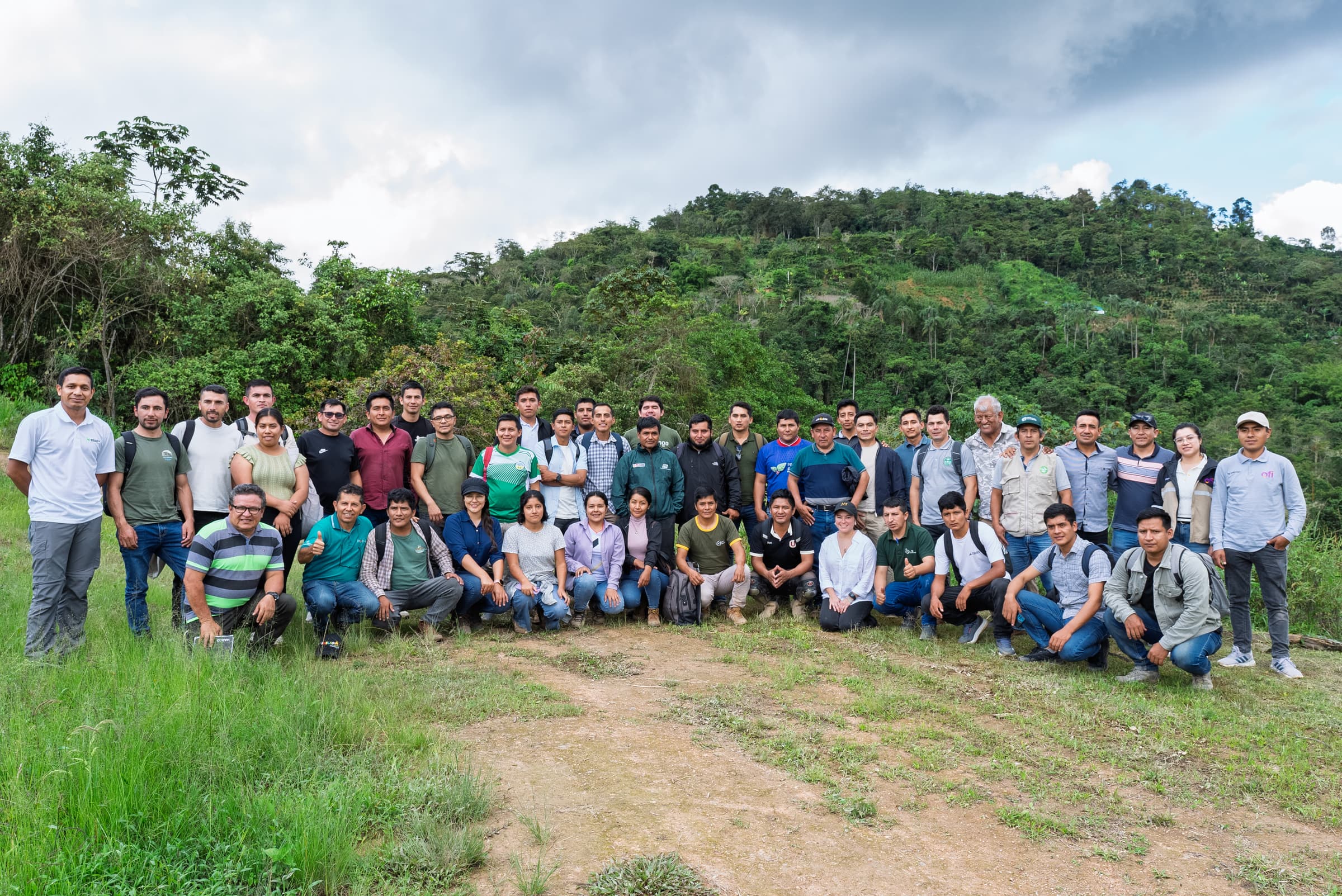Seeds of hope: a photo essay
New varieties, new possibilities for Peru’s coffee sector
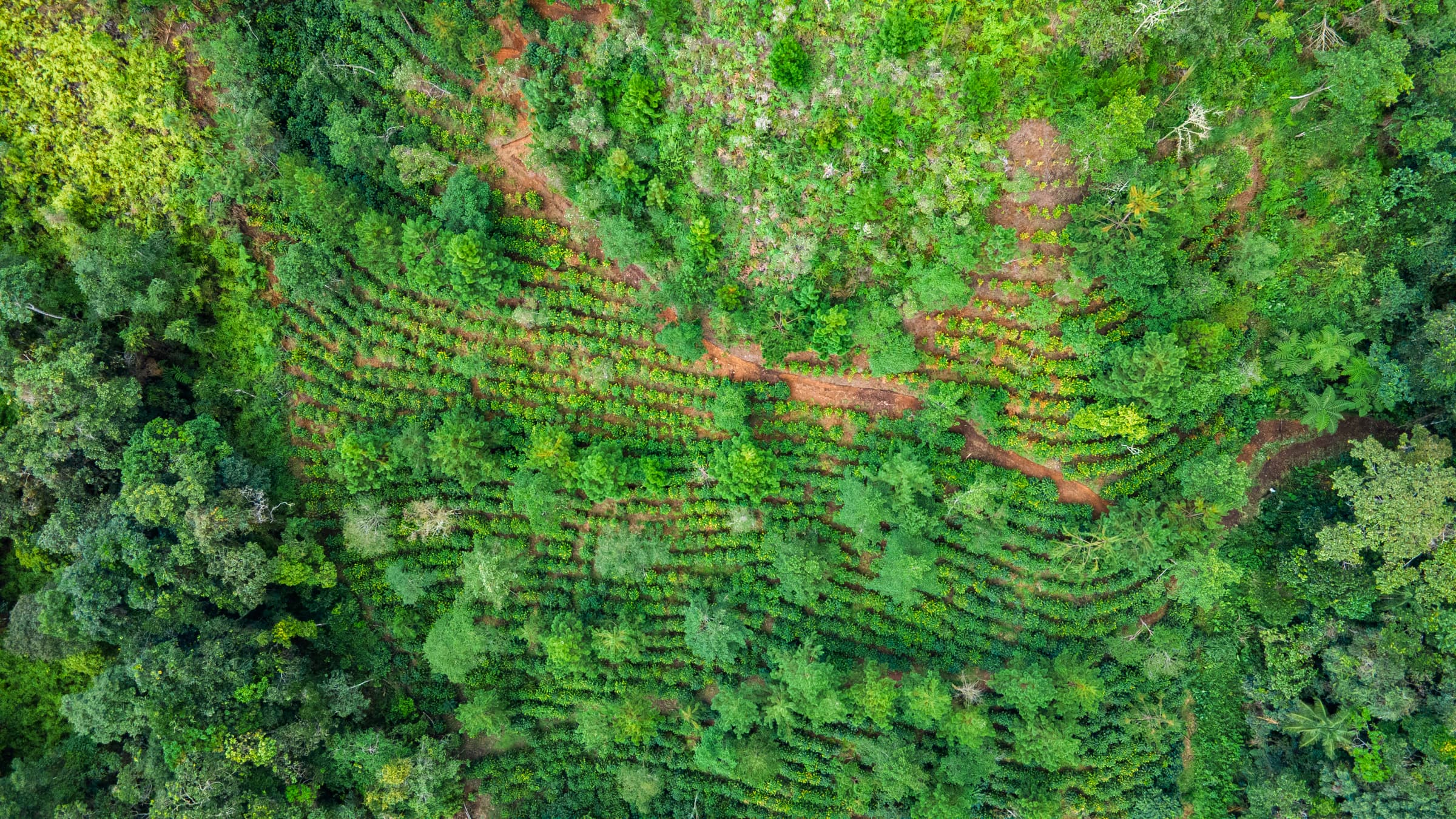
In Peru, a wave of innovative seed-lot development and advanced variety trials is creating fresh opportunities for coffee farmers who face mounting challenges like climate change, disease and pest pressure, and market volatility. Together, these programs are sowing the seeds of hope for a resilient and prosperous coffee sector in Peru, the world’s top exporter of organic coffee.
“By fortifying seed lots, improving genetic verification, and partnering with local cooperatives, we can support producers’ ambitions and help secure a thriving future for Peruvian coffee.”
Challenges and opportunities
Most of Peru’s 202,000 farms are smallholdings, averaging just over a hectare each, and collectively support a significant share of agricultural employment. Peruvian coffee farmers, similar to those in other countries, face challenges, including rising fertilizer costs, climate change impacts, and ongoing pressure from pests and diseases such as coffee leaf rust and coffee berry borer.
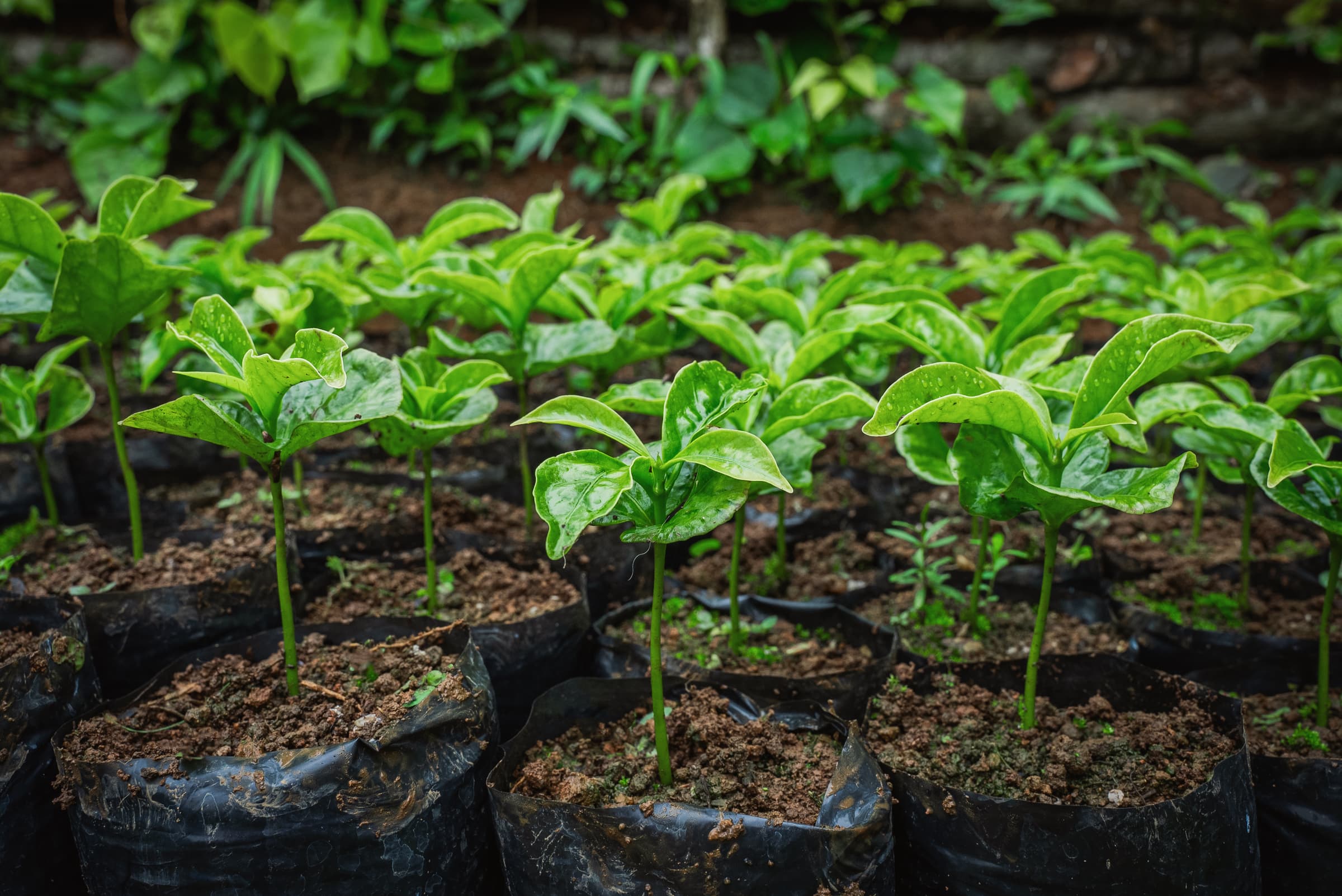
Many of these challenges can be met with better trees—but when it comes time to plant new trees, most Peruvian farmers are reliant on old varieties and suboptimal seeds produced on their own or neighboring farms. Peru does not have its own national coffee breeding program, so farmers have limited access to new varieties. Today, a majority of coffee trees in Peru belong to the Catimor group, introduced en masse and informally after the 2012–13 rust epidemic. While these varieties can offer favorable productivity and rust tolerance, many farmers lack access to high-quality seed because formal coffee seed production remains centralized in just four of Peru’s 17 coffee regions—Pasco, Junín, Cusco, and Cajamarca. These factors combined limit Peruvian farmers’ choices about what varieties they can grow, and make it difficult for them to access high-quality seeds to establish new plantings.
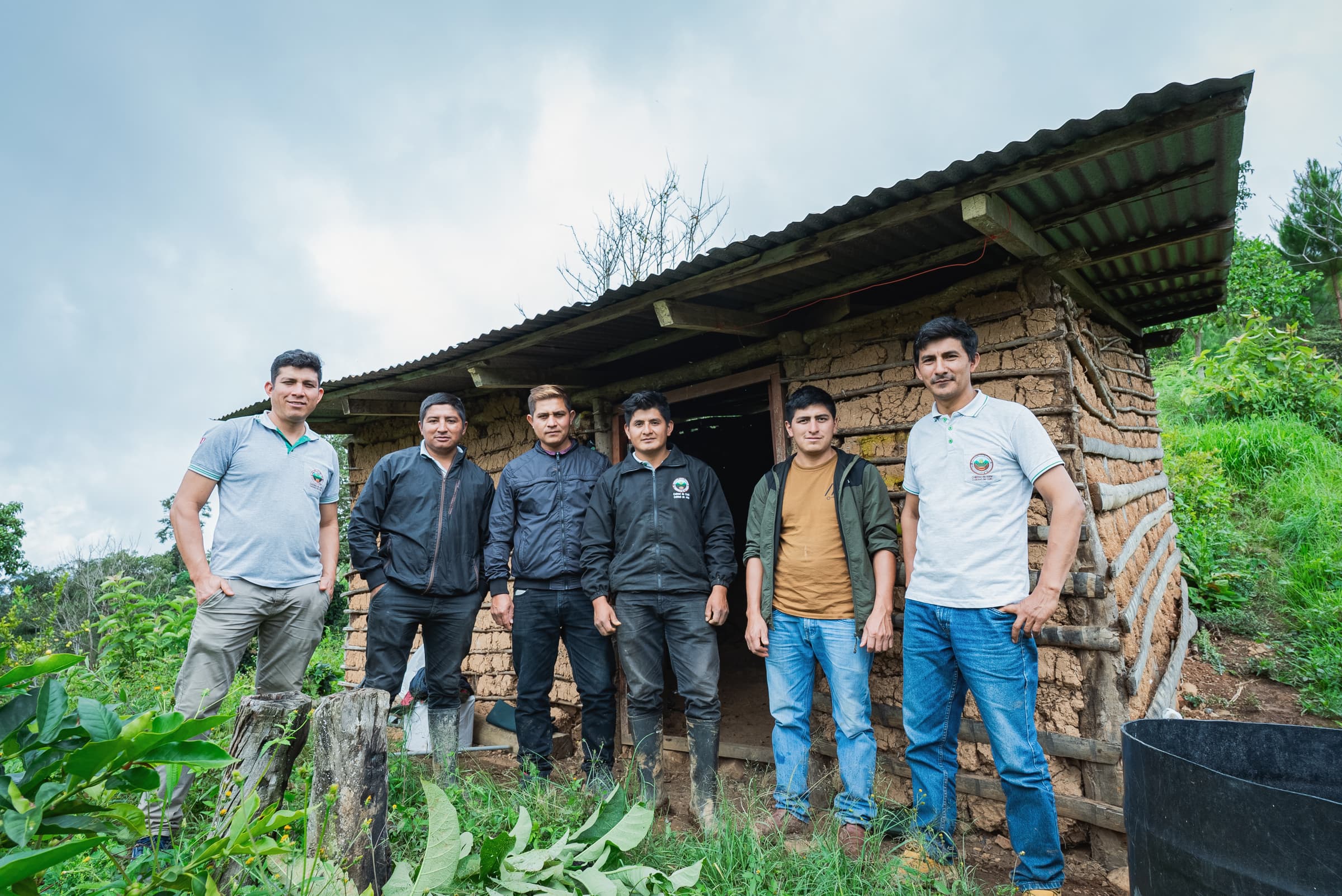
But Peru has a huge advantage—a strong culture of cooperative organizations that support farmers. These coops are driving new interest in innovation in coffee varieties and seed production. Pictured here are technical managers at the Chirinos Cooperative in the Cajamarca region, who are helping lead the installation of seed lots to supply coop members with high-quality plants.
Varieties on the move
Since 2015, World Coffee Research (WCR) has been evaluating 31 promising coffee varieties in Peru as part of the global International Multilocation Variety Trial to understand their performance under local conditions. From these trials, which are operated by the Cenfrocafe cooperative, two standouts emerged—IPR107, a Brazilian variety released registered in 2001, and Paraneima, a Honduran variety released in 2004—both demonstrating high yields and robust resistance to leaf rust in Peruvian growing environments.
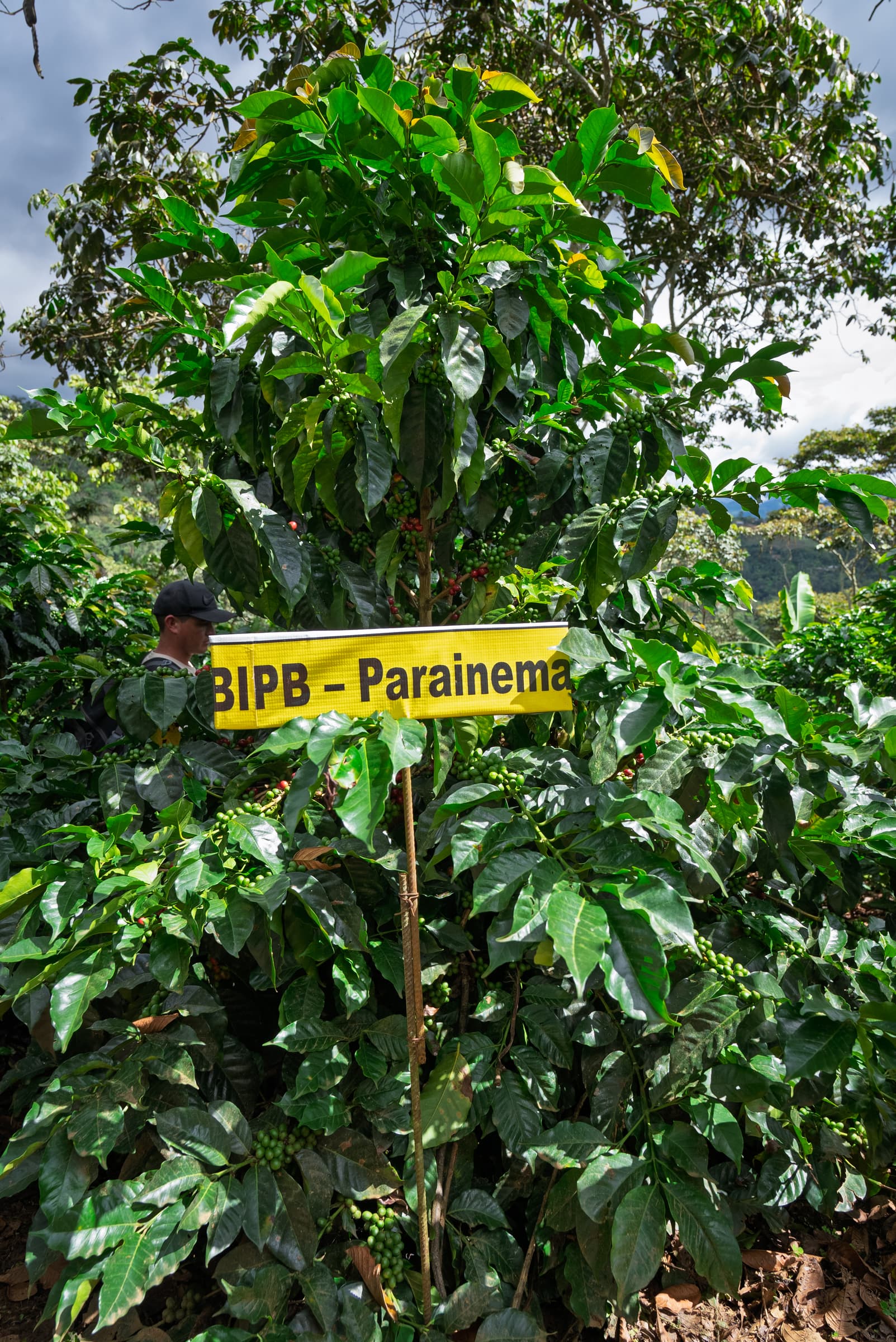
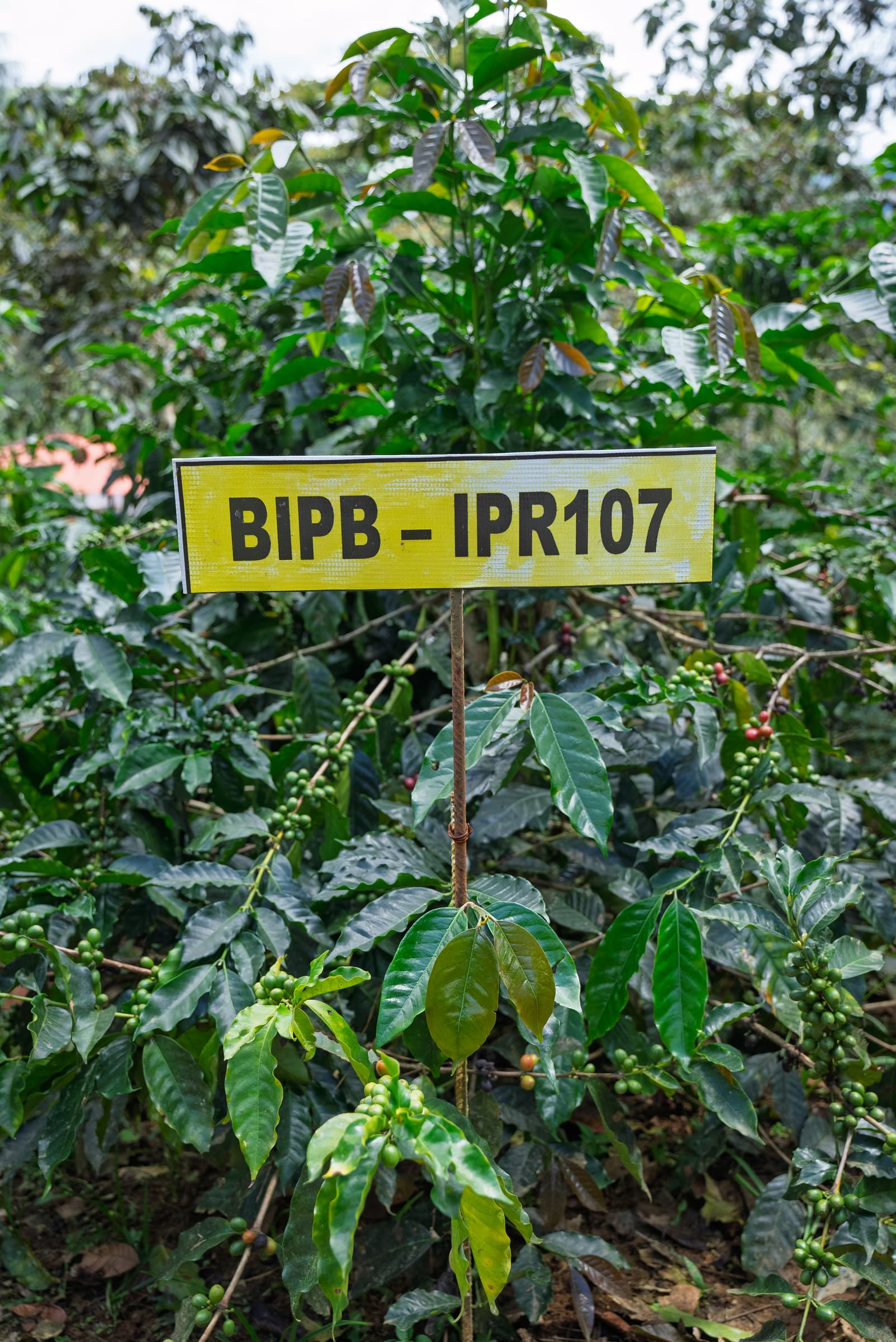
Farmer access to improved varieties
Based on a collaborative process using performance data from the IMLVT and information on farmer preference, WCR and eight Peruvian partner organizations are establishing 10 new seed lots of IPR107 and Paraneima across the Amazonas, Cajamarca, and San Martín regions. The seedlings pictured here will be installed in a new seed lot operated by the Chirinos Cooperative in the Cajamarca region.
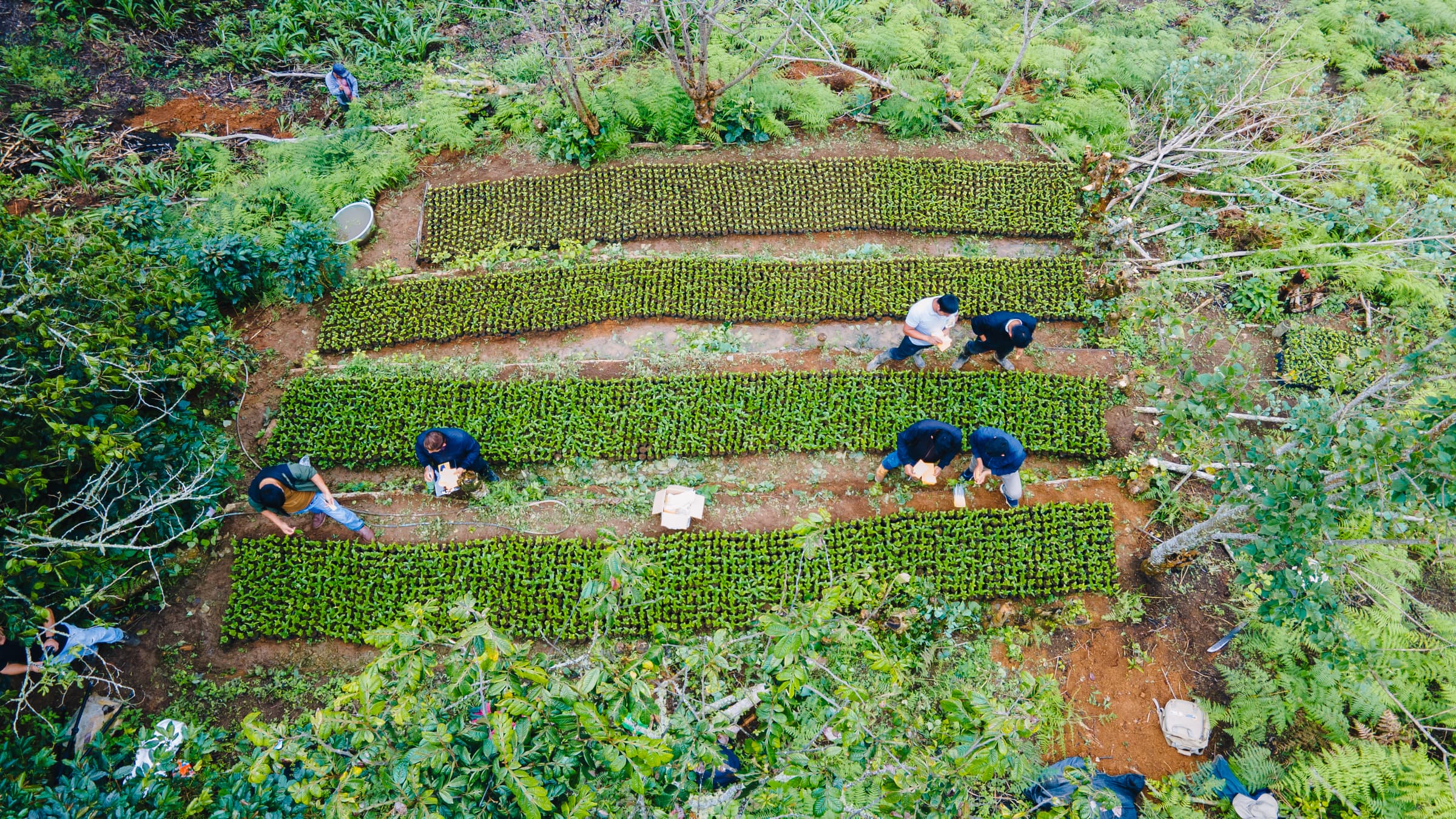
By sourcing and germinating seeds in 2024 and installing seedlings in 2025, these lots will produce enough seeds to grow up to four million healthy, genetically conforming trees annually by as early as 2028—enough to renovate around 1,000 hectares of coffee farms each year. The project is funded by targeted investment from Keurig Dr Pepper and JDE Peet's, alongside other WCR member company support.
All of the cooperatives participating in the project used genetic testing to ensure that each seed-producing tree that is planted in the new seed lot is genetically verified and of the correct variety. Additionally, they are also implementing good agricultural and traceability practices to ensure the seeds produced in the future maintain their genetic quality. This effort marks a significant shift for Peru. By prioritizing quality control, the project addresses the current lack of formal certification and ensures that farmers can reliably access varieties that have proven successful in Peru, with confidence that the varieties they are investing in are the correct trees. Ultimately, such improvements in seed availability and genetic purity are a key step toward helping coffee-growing families boost productivity and profitability. Each coop also receives training on best practices for healthy, traceable seed production.
Each coop also receives training on best practices for healthy, traceable seed production. “Our focus is on creating an efficient system so farmers can continuously access improved varieties,” notes Emilia Umaña, Senior Manager of WCR’s Nursery Program. “By fortifying seed lots, improving genetic verification, and partnering with local cooperatives, we can support producers’ ambitions and help secure a thriving future for Peruvian coffee.”
All photos included in this piece were taken by Yober Rivera for World Coffee Research.
